Chè Đậu Xanh: Basic Information
Pronunciation
Alternative Name(s)
Dish Type
Course
Mealtime
Popular Chè Đậu Xanh Variations
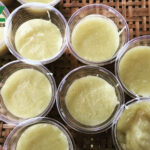
Chè Đậu Xanh Đánh

Chè Đậu Xanh Hạt Sen
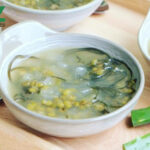
Chè Đậu Xanh Nha Đam
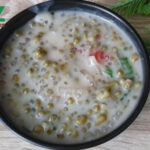
Chè Đậu Xanh Bột Báng
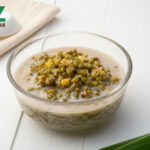
Chè Đậu Xanh Cốt Dừa
Chè Đậu Xanh: Ingredients and Preparation
Main Ingredients
Main Cooking Method
Preparation Process
Chè Đậu Xanh: A Deep Dive
Cultural Significance
Taste
Texture
Aroma
Color
Serving Style
Serving Temperature
Accompaniment
Occasions
Seasons
Special Diets
Calories
Popularity
Popular Similar Dishes
- Chè Hạt Sen Long Nhãn
- Chè Bà Ba
- Chè Trôi Nước
- Chè Sương Sa Hạt Lựu
Popular Dining Area
Chè đậu xanh is a traditional Vietnamese dessert mainly made from boiled mung beans. It is a fusion sweet soup influenced by Chinese sweet mung bean soup (known as lǜdòu shā).
FYI, the term “chè” refers to a traditional dessert beverage, often a sweet soup, in Vietnamese cuisine.
The mung beans used in chè đậu xanh can be peeled or unpeeled. Besides, Vietnamese love to add thin slices of seaweed, coconut milk, lotus seeds, or pandan leaves to add textures or flavors.
Read on to find out popular styles of chè đậu xanh in Vietnam, how to prepare it, and other interesting facts about this dessert, like merits, limitations, and other frequently asked concerns. I’ll also suggest some other similar dishes, especially about other “chè” of locals.
Key Points
Chè Đậu Xanh Images
What Are Common Styles of Chè Đậu Xanh?
Below are five favorite chè đậu xanh recipes in Vietnam.

Chè Đậu Xanh Đánh
Mung beans are peeled and hand-beaten for a smooth, thick texture. Popular in Huế.

Chè Đậu Xanh Hạt Sen
Includes lotus seeds with the cores removed; can be made with peeled or unpeeled mung beans.

Chè Đậu Xanh Nha Đam
Uses whole mung beans with skins and includes small pieces of aloe vera.

Chè Đậu Xanh Cốt Dừa
Cooked with coconut milk for added creaminess.

Chè Đậu Xanh Bột Báng
Contains small tapioca pearls (aka sago pearls)
Next, it’s time to learn about making chè đậu xanh at home.
How To Cook Chè Đậu Xanh?
Below are five easy and typical steps to make chè đậu xanh in Vietnam.
Step 1: Preparing the Mung Beans
Rinse the mung beans thoroughly and soak them in warm water for about 3 to 4 hours.
Step 2: Cooking the Mung Beans
Drain the beans and cook them in a pot of water over medium-low heat until they become soft.
Step 3: Adding Flavorings or Other Components
Add rock sugar (or white sugar) and pandan leaves into the pot with the mung beans for a fragrant sweetness.
Step 4: Thickening the Soup
Dissolve tapioca starch in a small amount of water and stir it into the pot to thicken the soup.
Step 5: Finishing with Coconut Milk
Add coconut milk to the pot, stir for about a minute, and then turn off the heat.
In case you don’t have time to soak the beans, you can cook chè đậu xanh in an Instant Pot.
In the next part, let’s take a quick look at the favorable and unfavorable aspects of this Vietnamese mung bean soup.
Pros and Cons of Eating Chè Đậu Xanh
Following are some insights about chè đậu xanh advantages and limitations.
Pros
Cons
As influenced by Chinese cuisine, there are also some dissimilarities between Vietnamese and Chinese sweet soup with mung beans. So read on for more details.
What Are The Differences Between Vietnamese and Chinese Mung Bean Soup?
Here are some characteristics to distinguish Vietnamese and Chinese mung bean soup.

Vietnamese Chè Đậu Xanh
Ingredients: Typically includes mung beans, sugar, and coconut milk.
Additional Ingredients: Often flavored with pandan leaves or include additions of aloe vera, lotus seeds, tapioca pearls, etc.
Sweetness: Usually sweeter

Chinese Mung Bean Soup
Ingredients: Commonly made with mung beans, sugar, and dried tangerine peel
Additional Ingredients: Sometimes come in with components for health benefits, like jujubes
Sweetness: Less sweet
For further information about chè đậu xanh, you should also check the related questions below.






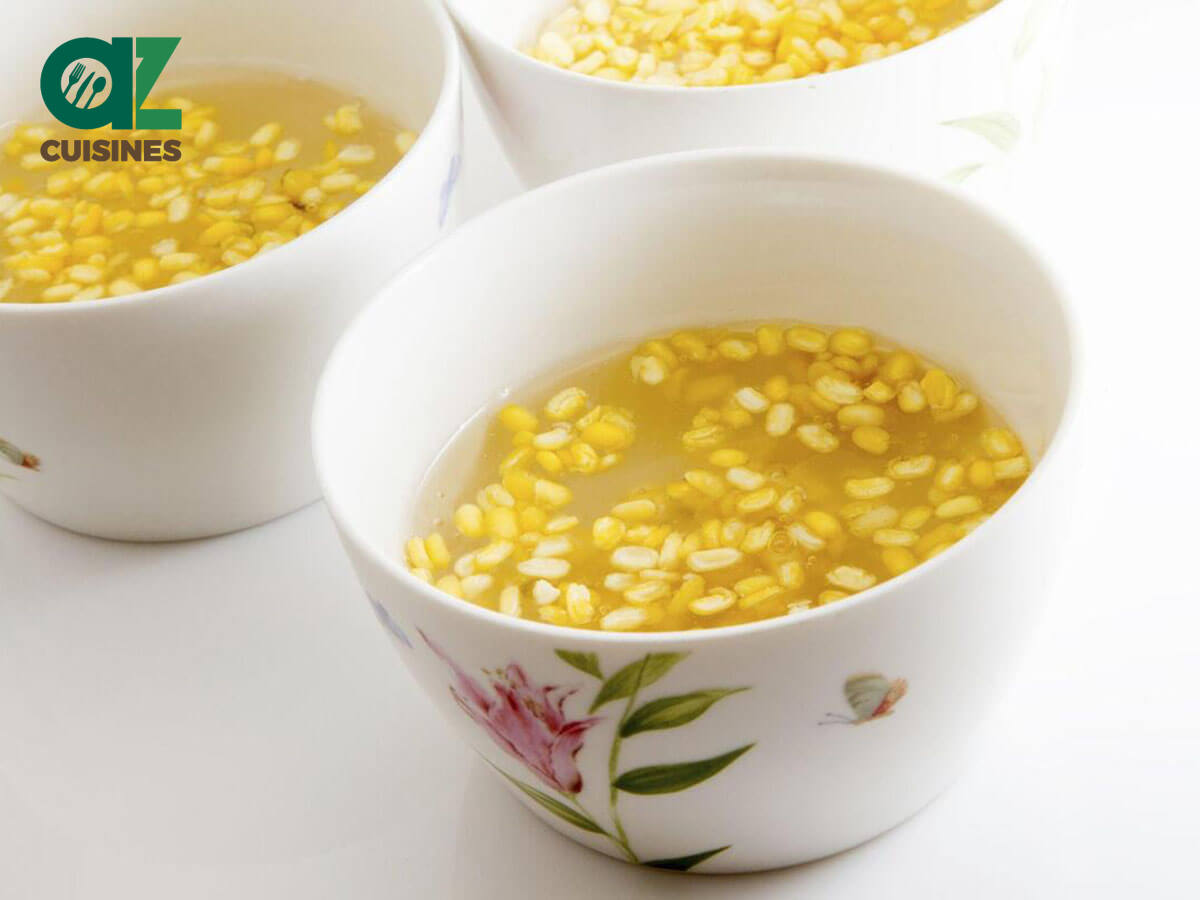




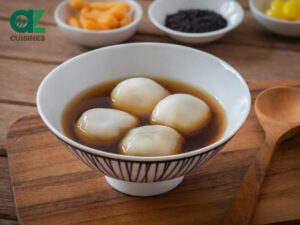

Truc Tran (Kris)
Senior Food Editor
Expertise
Home Cooking, Meal Planning, Recipe Development, Baking and Pastry, Food Editor, Cooking-video Maker, Vietnamese Food Evaluation Expert
Education
Truc Tran (Kris), an experienced food writer and editor, is great at exploring and describing global cuisines, from simple street food to fancy dining. In her writing, she skillfully mixes different flavors, cooking methods, and culinary traditions, showing the unique character of various cultures through their food and drinks. On azcuisines.com, Kris highlights her knowledge, especially in Asian cuisine and worldwide traditional dishes.